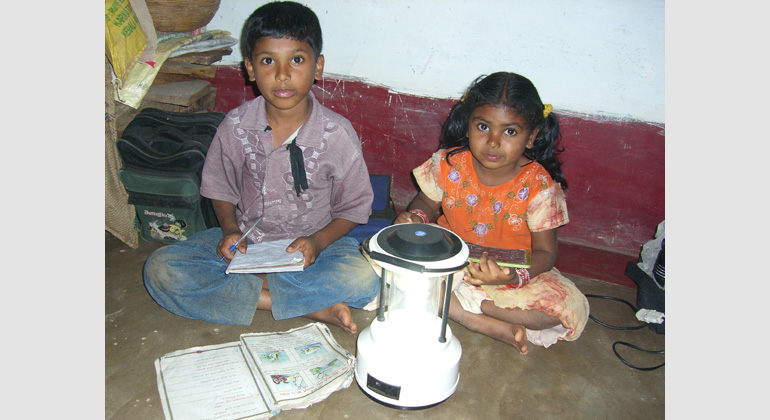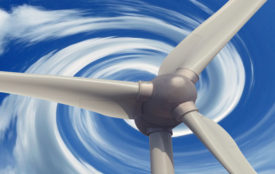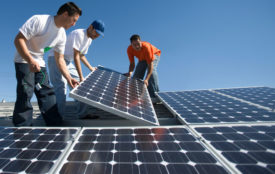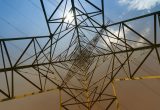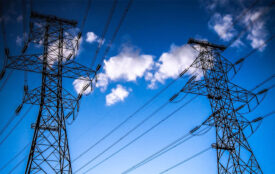How India can continue to be a leader on energy access
By fully embracing distributed innovation, India has the opportunity to not only sustainably deliver quality, reliable, modern power for all while creating domestic jobs and reducing debt, but also to create a massive new global market for homegrown decentralized energy innovations.
India has been far and away the global leader in bringing energy access to the unelectrified, accounting for nearly half of the 1.2 billion people to be newly connected from 2000 to 2016.The International Energy Agency (IEA), in a recent report, quite rightly lauded India’s progress as “one of the largest electrification success stories in history.”
However, it is worth noting that the people who were connected during that period were largely easier-to-reach urban or peri-urban residents. As the country embarks on its ambitious plan to reach the remaining 300 million (mostly rural) Indians by early 2019, under PM’s initiative called Pradhan Mantri Sahaj Bijli Har Ghar Yojana, or Saubhagya, it will need to rethink its approach if it wants to achieve a sustainable energy infrastructure that is modern, resilient, and prevents its debt-ridden state utilities from repeating their boom-bust cycle.
This new approach will need to fully embrace two things. First, the transformative power of public-private partnership. New IRENA data shows that renewables are a largely private sector opporunity with private capital accounting for 92 per cent of investment in 2016.Second, the innovation of decentralized solutions like rooftop solar and mini-grids, which the IEA says are the least-cost solution for 75 per cent of those still without electricity in the world.
Yet, as a freshly released analysis by the Global Subsidies Initioative shows,state support in India for distributed solutions is less than 1% of total electricity subsidy. This is despite the fact that extending central transmission lines to rural areas, while doable, ignores a global transition that one major European utility has called the “miniaturization of the energy sector,” with this new era being distributed, carbon-free, and digital. India is making significant progress in pursuit of its goal to achieve 175 GW of renewables energy capacity by 2022. There has been a massive increase in solar capacity. According to Mercom’s India solar project tracker, the total installed solar power capacity being 20GW, out of which ground mounted solar is around 18.6GW and roof top is only 1.4GW.
The solutions are at our fingertips and dramatic change is underway. But first we must modify our approach to view distributed energy solutions as central rather than marginal.
By fully embracing distributed innovation, India has the opportunity to not only sustainably deliver quality, reliable, modern power for all while creating domestic jobs and reducing debt, but also to create a massive new global market for homegrown decentralized energy innovations. The global mini-grid market alone is a $190 billion opportunity between now and 2030. India can and should be the leader. Private sector companies such as Husk Power Systems and OMC Power are already showing what’s possible, taking their success in India and exporting it to Africa with the backing of major international investors.
There are barriers–high upfront costs, low access to finance, and perceived performance risk, all of which can be addressed by the right policy changes and adequate public sector support. With those in place, distributed solutions can do what they do best: deploy more infrastructure per dollar than a centralized-only approach, deliver better customer service and create a conduit to the grid of the future.
At home, distributed solar is already showing its potential not just to provide basic lighting to homes, but to enable the delivery of a whole range of social and economic benefits. A recent groundbreaking report by CEEW showed that introducing rooftop solar to village health centers in Chhattisgarh had a positive impact on delivery of health services in rural India, where 38 million households rely on health centers without electricity. On average, facilities with solar treated 50% more out-patients each month, admitted a higher number of in-patients, and provided round-the-clock services. About 98% of centers reported lower disruptions in day-to-day functioning. In addition, more than 80% of health centers reported savings in electricity costs. Mini-grids in Jharkhand, by allowing the introduction of electric rice hullers, have increased daily output for women workers by 100 times. Meanwhile, in Haryana, a mini-grid powered water treatment plant is running 10-15 hours a day, providing clean and affordable drinking water to 1,000 homes.
Such proof of the power of distributed is growing every day, and public sector support must grow accordingly. A full embrace of the decentralized revolution is absolutely essential for India to achieve its goal of 100% electrification and also to continue its leadership on energy access.
